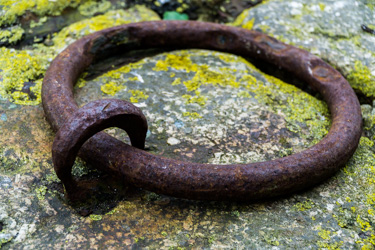history
The History of Newlyn as a Port
Newlyn’s soul is intertwined with the sea. Its story stretches back centuries, a testament to the resilience and resourcefulness of its fishing community. While the exact date of Newlyn’s transformation into a harbour is unknown, earliest records point to its existence in the 11th century and as an industrial port by 1435. Back then, the “Old Harbour” – a more natural inlet sheltered by the cliffs – served as the landing point for the catch. This page explores the fascinating history of Newlyn as a harbour, from its humble beginnings to the bustling port it is today.
Early Days: A Sheltered Haven (Pre-19th Century)
Here, the pilchard, a small schooling fish, reigned supreme. Using traditional methods, fishermen like those depicted in the works of the Newlyn School artists, toiled tirelessly to bring in the harvest. The cured pilchard trade boomed, with exports as far as Italy, a tradition that continued until British Cured Pilchards closed its factory in 2005. Pots for shellfish and baited longlines were in use to catch whitefish like ling, pollack, ray and conger.
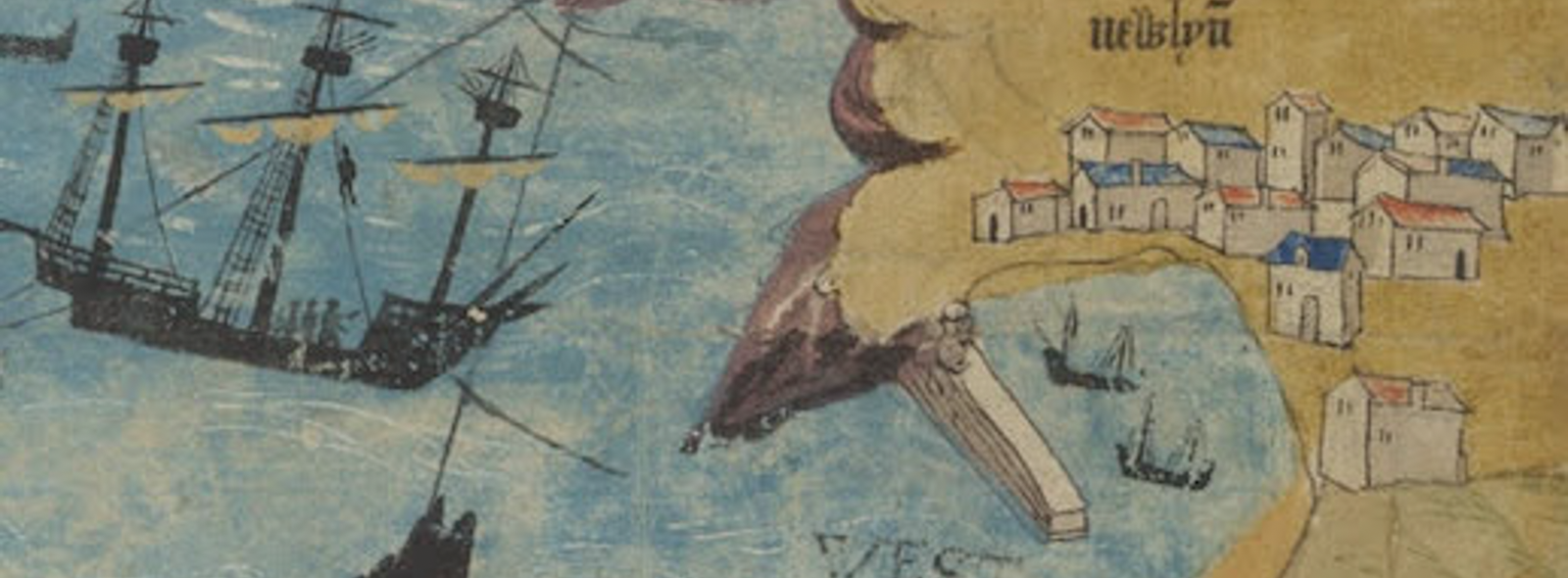
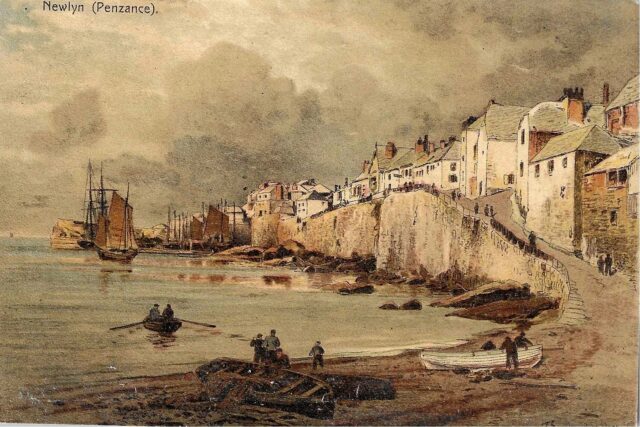
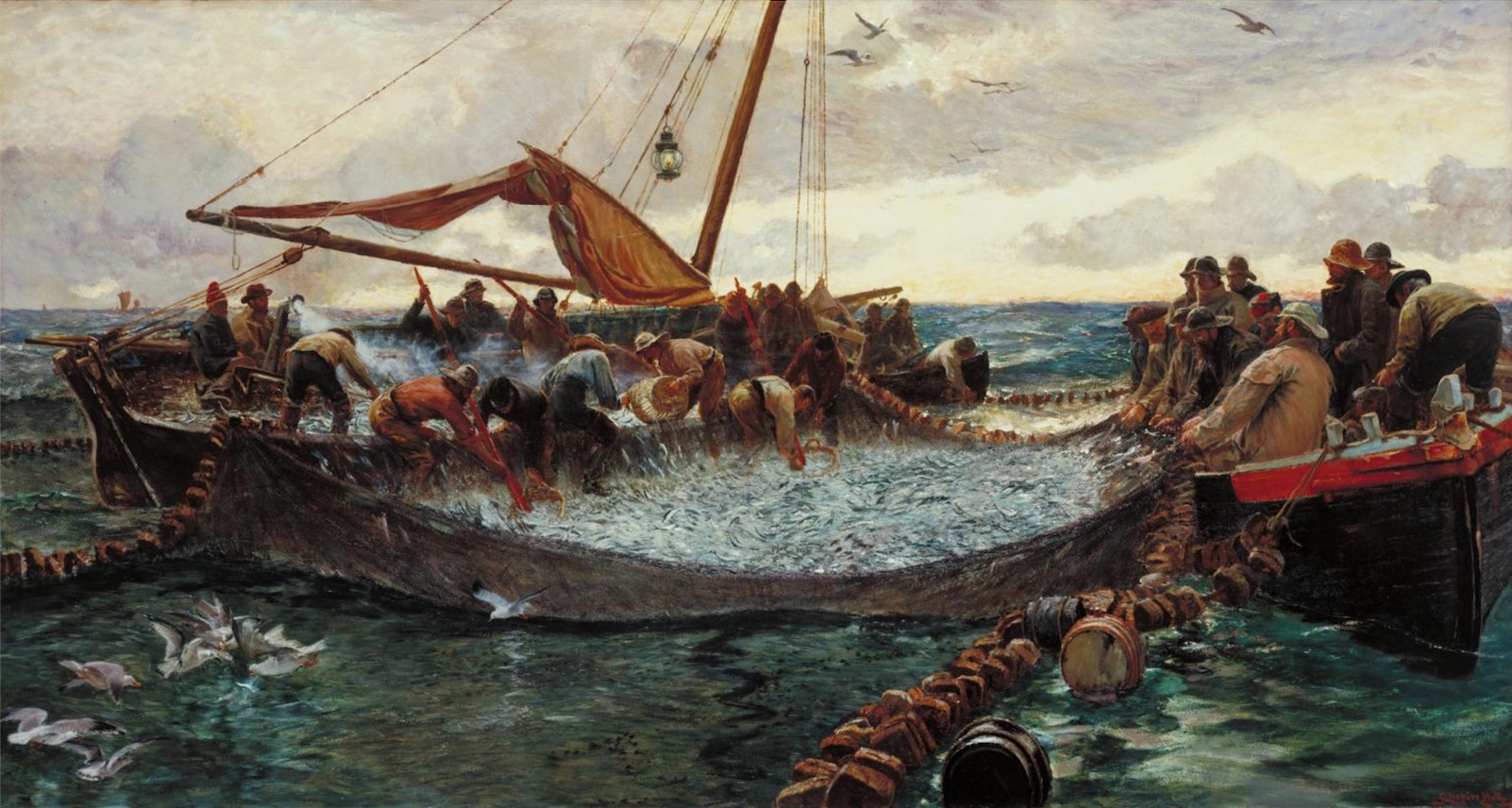
‘Pilchards’ by Charles Napier Hemy 1897 courtesy of the Tate.
Hemy settled in Falmouth, Cornwall, in 1881, aiming to paint the sea and ships ‘always from nature’. Fishing by a long ‘seine’ net was a method thought to date from the time of Christ’s disciples. It involves paying out the seine net all round the shoal of pilchards, tying the ends, then dropping a smaller tuck net into the shoal and scooping up the fish in baskets. Hemy made studies of the process over fourteen years, but painted the picture in ten days.
Newlyn’s Early Harbour
Before the present harbour was built, Newlyn’s only shelter for fishing boats was the small granite quay at Newlyn Town. The quay offered protection for a maximum of forty small boats, while the rest of the fleet had to take refuge below the headland or, during easterly gales, seek shelter at St Michael’s Mount.
Newlyn Town itself was a small fishing community perched precariously on a cliff overlooking the Old Quay. It was one of three distinct, often hostile villages: Newlyn Town, Street-an-Nowan, and Tolcarne.
The Old Quay, known to exist since at least 1337, was a small curving structure made of massive granite blocks without mortar and topped with a parapet wall. It offered some protection from the prevailing winds due to its location on the western curve of Mount’s Bay. However, by the late 19th century, for the larger boats that replaced the pilchard fishery luggers, the Old Quay became inadequate.
Challenges of the Old Quay
Early Newlyn fishing boats, mainly luggers, primarily focused on pilchard fishing, typically found the Old Quay sufficient shelter. However, there were exceptions. Records mention a severe storm in 1738 that significantly damaged the quay. Repairs were made, but the Old Quay’s limitations became increasingly apparent.
Another ferocious storm in 1809 destroyed two boats anchored in the deeper waters of Gwavas Lake (a sheltered area) and damaged others. An easterly gale in 1809 forced a large fishing boat from its mooring onto the Green Rocks, resulting in the wreck of nine boats.
While most of Newlyn’s energy was directed towards fishing, there were exceptions. Records show a three-masted trading lugger, the Lark of Newlyn, captured by French privateers after the execution of Louis XVI in 1794.
The Need for a New Harbour
As Newlyn’s fishing industry relied less on pilchard and more on mackerel, herring and white fish, the boats got bigger. The Old Quay no longer had enough space, forcing many vessels to anchor in the Loja (Gwavas Lake) and unload their catch onto smaller boats for transport to shore. This inefficiency, coupled with the growing number of boats and the dangers posed by inadequate shelter, fueled the desire for a new harbour.
Despite several plans submitted to authorities, Penzance successfully lobbied against a new harbour at Newlyn, fearing a loss of trade.
The Reverend Lach-Szyrma and the Mount’s Bay Fishing Boats’ Mutual Insurance Club
The increasing number of accidents at sea due to the limitations of the Old Quay, along with the growing size of fishing boats, made the need for a new harbour critical. A crusade for a new harbour was led by Reverend Wladislaw Somerville Lach-Szyrma, vicar of St Peter’s Church (the local fisherman’s church) from 1874 to 1891.
Lach-Szyrma actively sought solutions to alleviate the hardships caused by fishing boat accidents. The sinking of two fishing boats in September 1879 led to the formation of the Mount’s Bay Fishing Boats’ Mutual Insurance Club, which provided financial support in case of lost lives or boats at sea.
The Mount’s Bay Fishing Boats’ Mutual Insurance Club was formed after a public meeting organized by Lach-Szyrma. The committee brought the communities of Penzance, Mousehole, Porthleven, and Newlyn together to seek out a solution to the growing issue of accommodating larger and deeper drafted boats..
The Sinking of the Jane and the Impetus for a New Harbour
The impetus for building a new harbour finally came after the sinking of the Jane in October 1880. A violent storm struck Mount’s Bay, and many Newlyn boats were caught unprepared, as they typically sought shelter in Penzance Harbour during such weather. The Jane’s sinking underscored the urgent need for a safe harbour in Newlyn. As the general population and industry grew accordingly, external influences also brought about fresh opportunities to the far south west of the country.
Growth and Transformation: The Rise of the Piers (19th Century)
The 19th century ushered in a period of significant change for Newlyn. The arrival of the railway revolutionized transportation, attracting fish merchants and further boosting the fishing industry. However, the limitations of the Old Harbour became apparent. To address these limitations, the construction of the North and South Piers began in the late 1880s. This ambitious project not only improved access to the harbour at all tides but also opened doors for new trade opportunities, including the export of blue elvan granite from Gwavas, later Penlee Quarry via the newly built,South Pier.
The late 19th century also saw the arrival of the railway in Penzance brought a new wave of prosperity. Fish merchants recognised its potential as a major fishing port and flocked to Newlyn. This growth spurred the construction of the iconic North and South Piers in the late 1880s. These new structures not only improved safety and accessibility but also symbolised Newlyn’s growing economic importance.
A Flourishing Port and a Changing Community (20 & 21st Century)
The 20th century witnessed further development in Newlyn. A thriving fishing industry brought prosperity, reflected in the growth of housing estates to accommodate the expanding population. With larger and larger boats after WWII, the need for better berthing facilities saw the Mary Williams pier built along with a refurbished fish market in 1980. 2008 saw marine style pontoon berths installed between the Mary Williams pier and the Old Harbour. By 2020 the fish market building were given a complete makeover to accommodate chilled storage and the traditional shout auction ended and went exclusively online.
A Legacy to Preserve: The Importance of Restoration
Today, Newlyn remains a vital fishing port, a testament to the enduring spirit of its community. The Old Harbour, though no longer the primary landing point, holds immense historical significance. Bringing it back into use will not only preserve a tangible reminder of Newlyn’s rich past but also serve as a vibrant space for locals and visitors alike. The project aims to celebrate the heritage of Newlyn while paving the way for a future that continues to honour its connection to the sea.
Further Exploration:
As you delve deeper into Newlyn’s history, consider exploring the works of the Newlyn School artists who captured the essence of the fishing community on canvas. Visit the Penlee House to learn more about the copper beating industry that intertwined with the fortunes of the harbour. Most importantly, engage with the local community – their stories and memories are an invaluable part of Newlyn’s legacy.

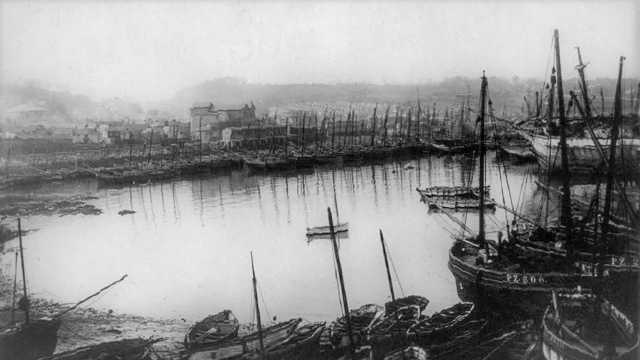

Restoring the Old Habour aims to make it once again the destination for locals and visitors alike to actively explore and enjoy the leagacy of nearly a thousand years of fishing and trading from Newlyn.
. Raise Awareness and Educate:
- Inform the public about the rich history and cultural significance of the Old Harbour.
- Explain the reasons behind the restoration project and its importance in preserving the harbour’s heritage.
- Educate the community on the Heritage Statement report and its role in securing Listed Building Consent.
2. Generate Public Engagement:
- Encourage community involvement by showcasing volunteer opportunities and making it easy for people to sign up.
- Foster a sense of community ownership by providing a platform for residents to share their stories and memories about the harbour.
- Increase public interest and support for the project through engaging news and updates on the restoration’s progress.
3. Document the Restoration Journey:
- This website will create a historical record of the restoration project for future generations.
- Provide transparency by offering detailed updates on the project’s progress with photos, videos, and clear timelines.
- Showcase the dedication and hard work of those involved in the restoration efforts.
4. Funding:
- The project relies on grant funding and donations from Penwith Council and Newlyn Harbour.
